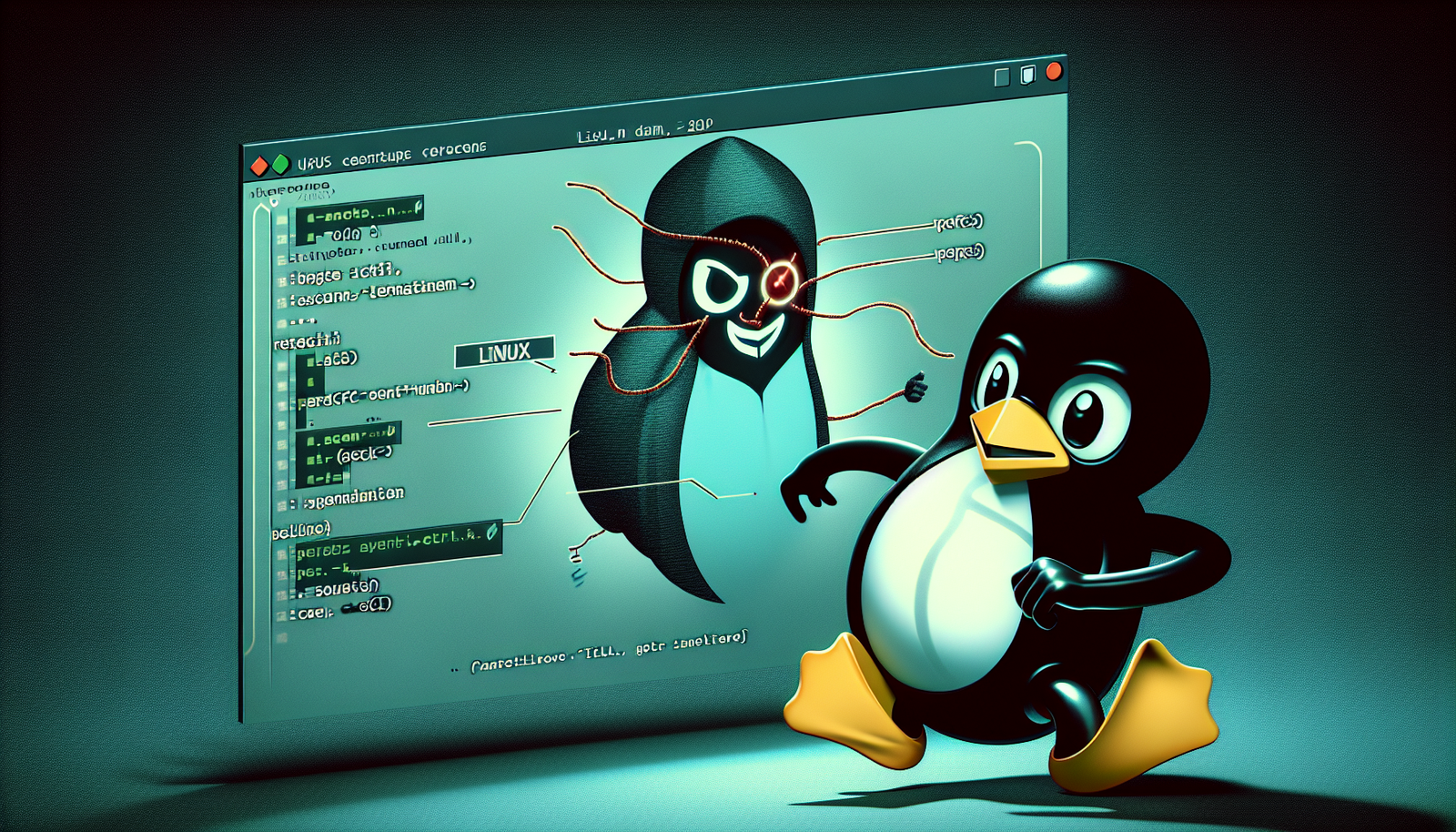Perfctl Malware: A Stealthy Threat to Linux Systems
Overview
Recently, researchers from Aqua Security reported a significant rise in infections of a stealthy malware strain known as Perfctl, which has been operating since at least 2021. This malware takes advantage of thousands of common misconfigurations, rendering millions of Linux machines vulnerable. With its ability to exploit a severe vulnerability in Apache RocketMQ (CVE-2023-33246), the threat posed by Perfctl is extensive.
Key Takeaways
- Exploitation of Misconfigurations: Perfctl can exploit over 20,000 misconfigurations, posing risks for countless connected systems.
- Persistence Techniques: The malware ensures it remains operational even after reboots by modifying the user’s profile and copying itself to multiple disk locations.
- Cryptomining and Proxy-Jacking: It utilizes system resources to mine cryptocurrency and can turn infected machines into proxies for external traffic.
Technical Insights
Stealth and Evasion Techniques
Perfctl is notorious for its ability to operate undetected. Some of its stealth techniques include:
- Rootkits: Installing components that conceal the malware from regular system checks.
- Unix Socket over TOR: Communicating externally via a Unix socket over the TOR network for added anonymity.
- Cloaking Mechanisms: Utilizing process names similar to legitimate Linux tools to avoid detection.
Characteristics of Perfctl
- The developers behind Perfctl cleverly name their processes to blend in with the system environment, making detection challenging.
- The malware can manipulate the behavior of monitoring tools to prevent them from recording suspicious activities.
- It often deletes its initial installation binary after execution, running as a background service to evade notice.
Attack Vectors
The infection typically begins with the exploitation of a vulnerability or misconfiguration, after which the malware downloads its core payload from a compromised server. This payload:
- Copies itself to the
/tmpdirectory. - Renames itself to mimic known Linux processes.
- Establishes a local command-and-control infrastructure, aiming to gain root access.
User Experiences and Detection Challenges
Comments and reports from users experiencing Perfctl infections reveal common challenges:
- Users noticed high CPU usage but found that the process ceased when they logged in, only to restart once they logged out.
- Attempts to remove the malware often failed, illustrating its resilience and the effectiveness of its evasion techniques.
Recommendations for Mitigation
To protect against Perfctl and similar threats, users should:
- Patch Vulnerabilities: Ensure that the patch for CVE-2023-33246 is installed.
- Fix Misconfigurations: Address any identified misconfigurations in system settings.
- Monitor System Resources: Watch for unusual spikes in CPU usage, particularly during idle periods.
Conclusion
Perfctl malware represents a sophisticated and persistent threat to Linux systems, utilizing a blend of stealth, evasion, and exploitation tactics. By implementing robust security measures and remaining vigilant, organizations can defend against such pervasive threats. For more specific guidance on identifying and responding to Perfctl infections, refer to Aqua Security’s detailed recommendations.
This summary and analysis provide a comprehensive understanding of the current state of Perfctl malware, the potential risks it poses, and actionable strategies for mitigation. Stay informed and proactive to protect your systems from this evolving threat.
